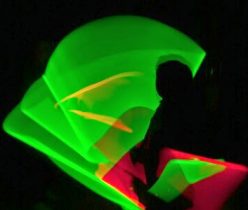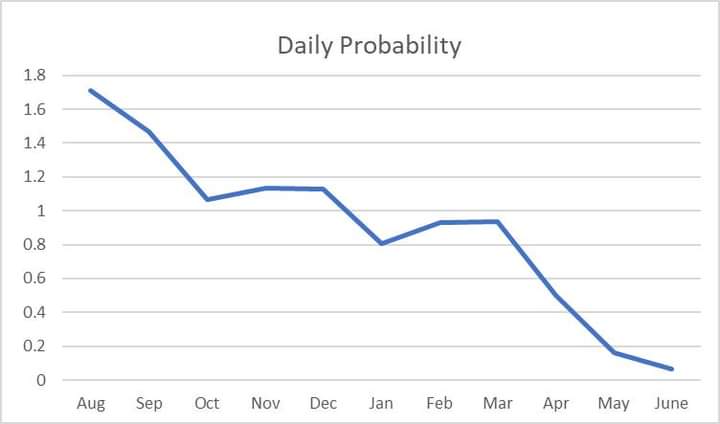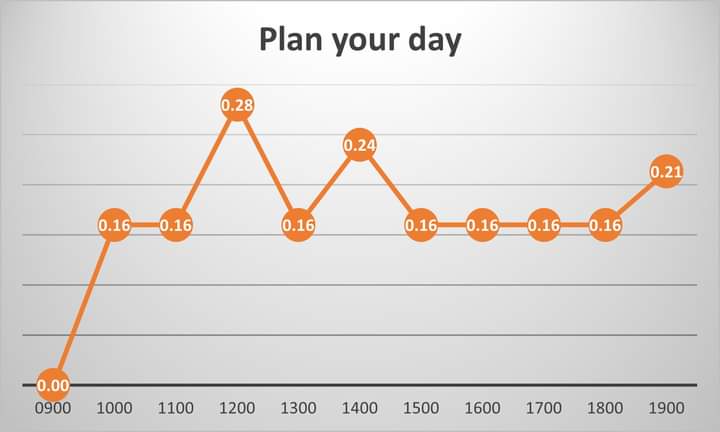In response to a question
Hello all 😊 Just a wee question.
A few times this week when getting warning symptoms come on, I’ve been able to stop the seizure from occurring by distraction, left with a horrible headache after which settled after a couple of hours.
My question is:- does this mean progress? Why I ask is I still felt frustrated that I have been having warning symptoms because I was feeling absolutely fine beforehand, and feel I’ve been doing well as I’ve not had a seizure for 20 days.
Thank you all 😊
Progress. You are cutting out the middleman (the main event of the seizure) just leaving the post ictal headache. Over time I found that the postcictal headache also reduced. In what I have written I liken the whole process pre ictal aura, ictal phase and post ictal being a metaphorical piece of string and the objective is to reduce the piece of string. The diminish in the DID acronym. Distract interrupt diminish.
interesting. Seizure free now for 35 days but she’s also seems to be left with headaches. Do they reduce David? Big test next week as she’s away on a residential 🤞
In short they can and have done for me. There is a physio biological reason for this. Imagine the preictal aura being a headache which is indicating a neural disturbance. The neural network is going out of equilibrium. The post ictal headache is the converse of the neural network coming back into equilibrium but over compensates. This is why the post ictal dissipates in realtive terms in a shorter period than the pre-ictal headache is present as the neural network tones down or fine tunes to the point of equilibrium. The autonomous system is readjusting. Pass on good luck to your daughter from me after 35 days she has made great strides and needs to build on the success. Small steps are best repetitively done gradually shortening the process.



